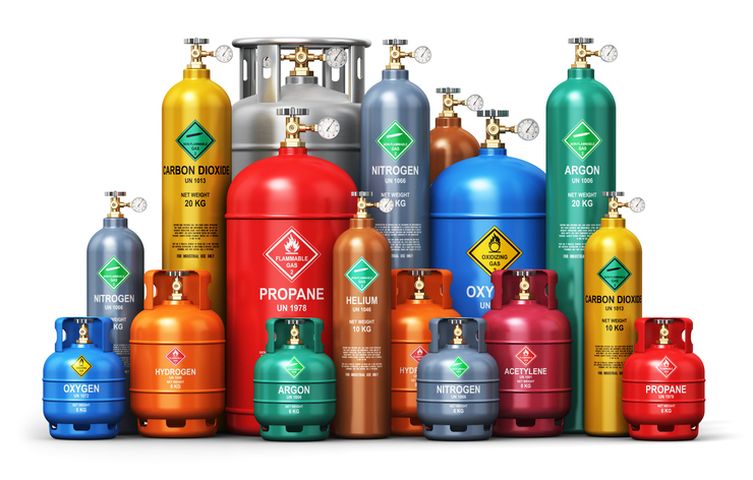Caution and Warning Signs
Caution Signs are required to be posted at the entrance to a space where hazardous materials are stored or used. Warning Signs alert personnel and visitors to health and safety hazards beyond those identified in the Caution Sign.
